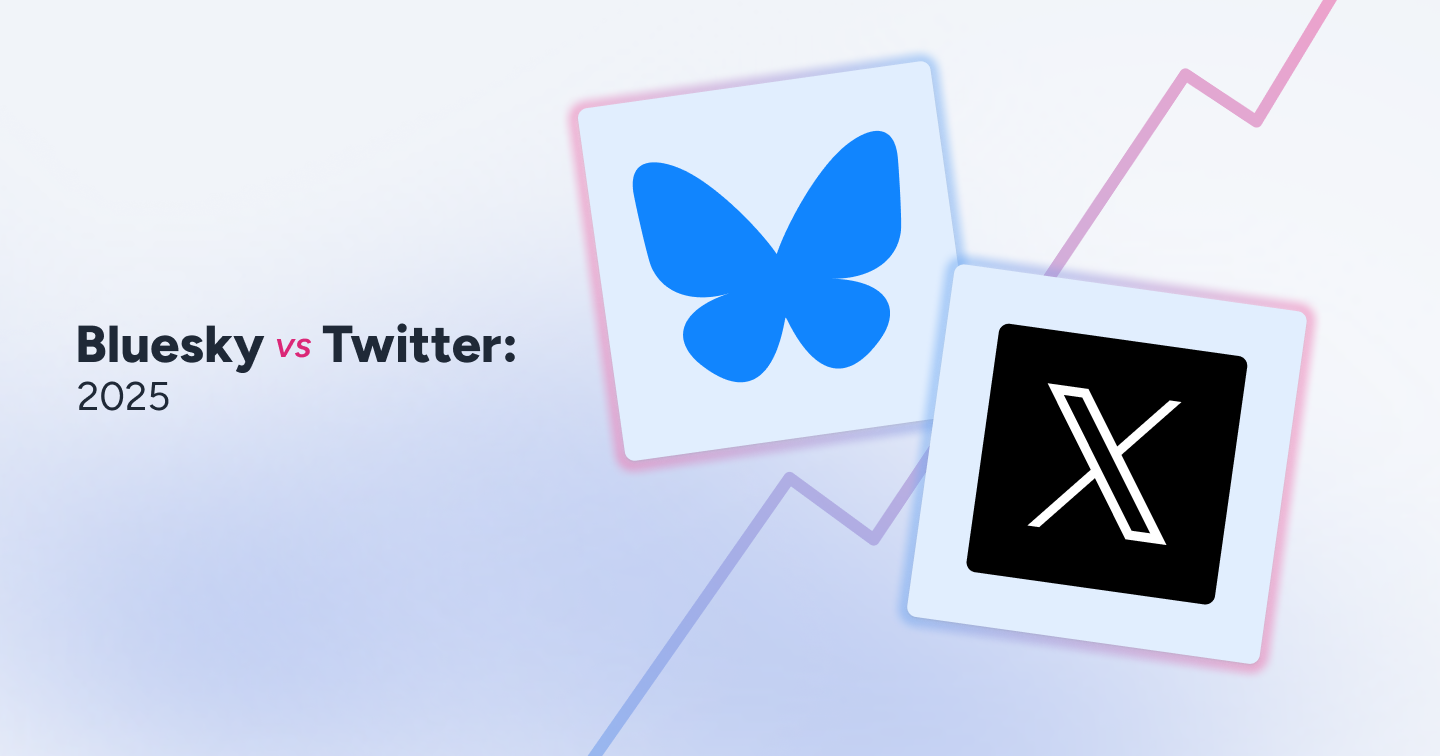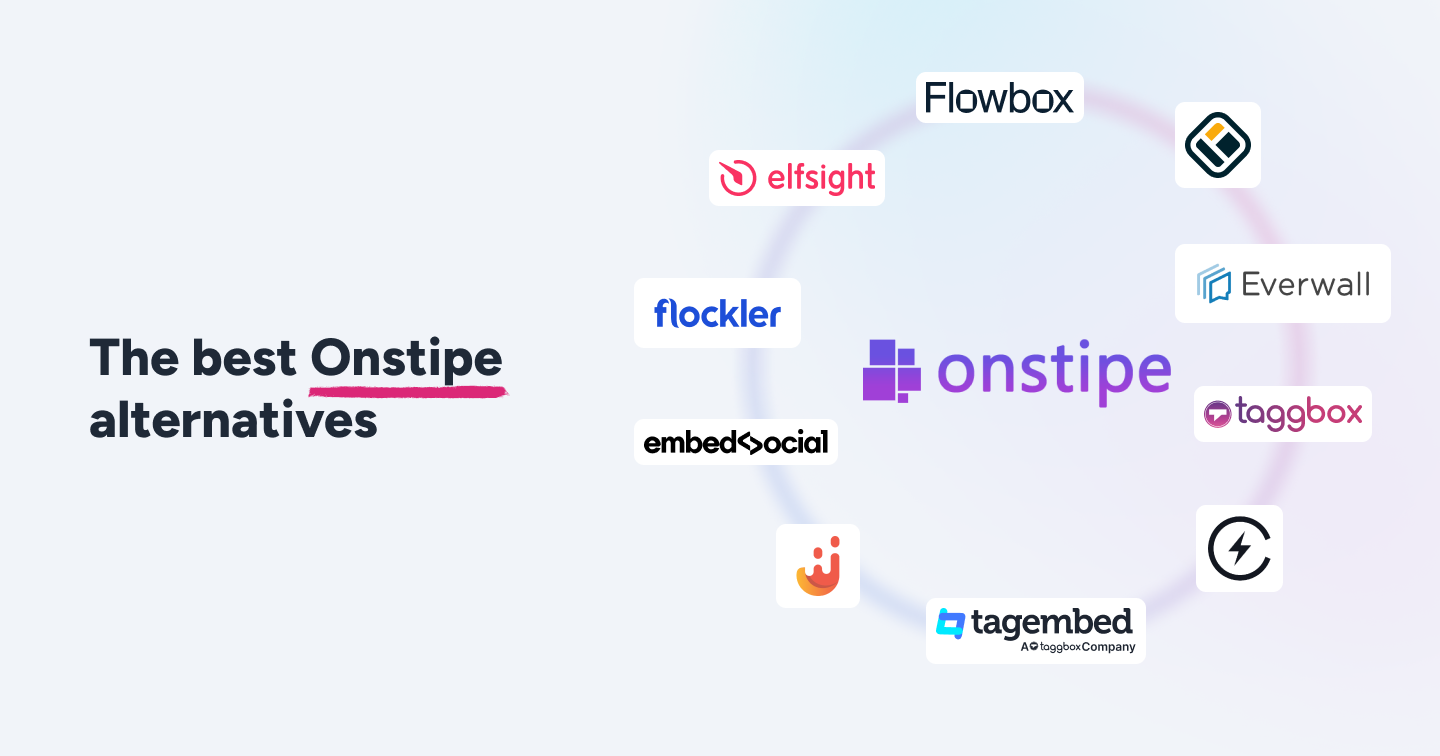Summary
👉 Bluesky is a decentralized social platform with similar content capabilities to Twitter, but it offers more content and algorithm control.
👉 Bluesky is different because it allows users to create their own version of Bluesky, offers no ad clutter, supports integration with third-party moderation tools, and lets users create custom feeds.
👉 Bluesky offers more user control, content moderation, and community appeal, whereas Twitter provides a larger user base, better monetization opportunities, and built-in analytics.
👉 Bluesky and Twitter are similar in their interface, layout, and content capabilities.
👉 Instead of choosing one, businesses can unify Twitter and Bluesky for marketing. Use X for scale and visibility, and Bluesky for testing and niche community building.
Over the years, Twitter (now X) has helped brands go viral, spark conversations, and ride cultural trends. But with recent shifts in ownership, policies, and algorithm transparency, many marketers have begun questioning its long-term value for their brand.
Enter Bluesky.
A newer, decentralized alternative that promises user control, cleaner feeds, and community-first engagement. At first, Bluesky was invite-only—but it’s now open to all. And brands are paying attention.
But does Bluesky really stand a chance against a giant like X? And more importantly, should your brand be on both? Or choose one over the other?
That’s exactly what this guide is about.
In this post, we’ll break down the key differences between Bluesky and Twitter, from user control to monetization and engagement. You'll learn how each platform works, where they shine, and how brands can make the most of both in 2025.
Let’s dive in.
What is Bluesky?
Bluesky is a decentralized microblogging social platform with interface and content capabilities very similar to X (formerly Twitter), but with more user control and community-focused feeds.
Earlier, Bluesky allowed access only via invitation, but now, like every other social platform, anyone can make an account on Bluesky.
Jack Dorsey, the former head of Twitter, founded Bluesky in 2019 to give users more control over their data and feeds. Although Jack parted ways with Bluesky, the new chief executive, Jay Graber, stays true to the vision. In her recent interview with WIRED, she shared:
“Bluesky is for everyone. We're built on an open protocol because it lets people choose their own moderation preferences. It lets people choose their own feed preferences, and things can evolve without it being a binary choice. You can have customization both within the app and outside of it.”
Bluesky has experienced an unprecedented surge since going public in February 2024.
How is Bluesky different from all major social platforms?
Bluesky is different because:
- It runs on Authenticated Transfer Protocol (AT Protocol), a federated protocol that lets users create their own servers and can interoperate with different servers within Bluesky
- Bluesky has strong block and mute tools. Users can block accounts or mute words and tags on Bluesky so that posts containing those specific terms won’t appear in their feed. Bluesky also allows for third-party moderation services for more control over your feeds.
- You can create your own custom feed and set your own algorithm to keep your default feeds focused and meaningful.
There is no ad clutter on Bluesky, saving users from a disruptive user experience.
How does Bluesky stack up against X?
1. User Base
Twitter is more popular.
Since going public, Bluesky users soared from 3 million to 35.98 million users as of this writing, but it still remains small compared to X's 600+ million monthly users.
One must also factor in that Bluesky is comparatively a new platform and is still evolving and rolling out new features.
Interestingly, the demographics for both platforms are quite similar.
Both Twitter and Bluesky have a majority of users aged between 25 and 34, with a slightly more than 60% male audience.
While both platforms are most popular in the United States, their international reach differs. Twitter sees higher popularity in Japan, Indonesia, and India (mainly across the Asia-Pacific region), whereas Bluesky is more popular in the UK, Brazil, and Canada.
2. User Control
Bluesky wins here.
The reason being—Bluesky is built on AT protocol.
Bluesky runs on feeds, and there are three kinds of feeds: default feeds of the platform, community feeds for focused discussions, and custom feeds that users choose or create. Users can pick and install different feeds to customize their algorithm and experience.
What makes Bluesky truly unique is its open-source foundation. As Jay Graber explains:
“All of our code is open source. So right now, if you want to clone Bluesky and start over with your own version, you can. That means, depending on what you’re dissatisfied with, you can find alternatives—or if they don’t exist, build your own. Let’s say we made Bluesky an obnoxious color and plastered flashing ads across the top. You could just switch to a different app that accesses the same network. You’d keep your identity, your followers, your data, and just move to another interface.”
While on Twitter, there is a centralized algorithm, which simply means you accept what it serves to you.
3. Content moderation
You can not only alter algorithms on Bluesky but can also install a third-party moderation tool that filters what you interact with, and even get out of conversations you don't want to be in.
Bluesky's built-in features for content moderation are also on par with Twitter. It allows users to:
Block or Mute the account, or;
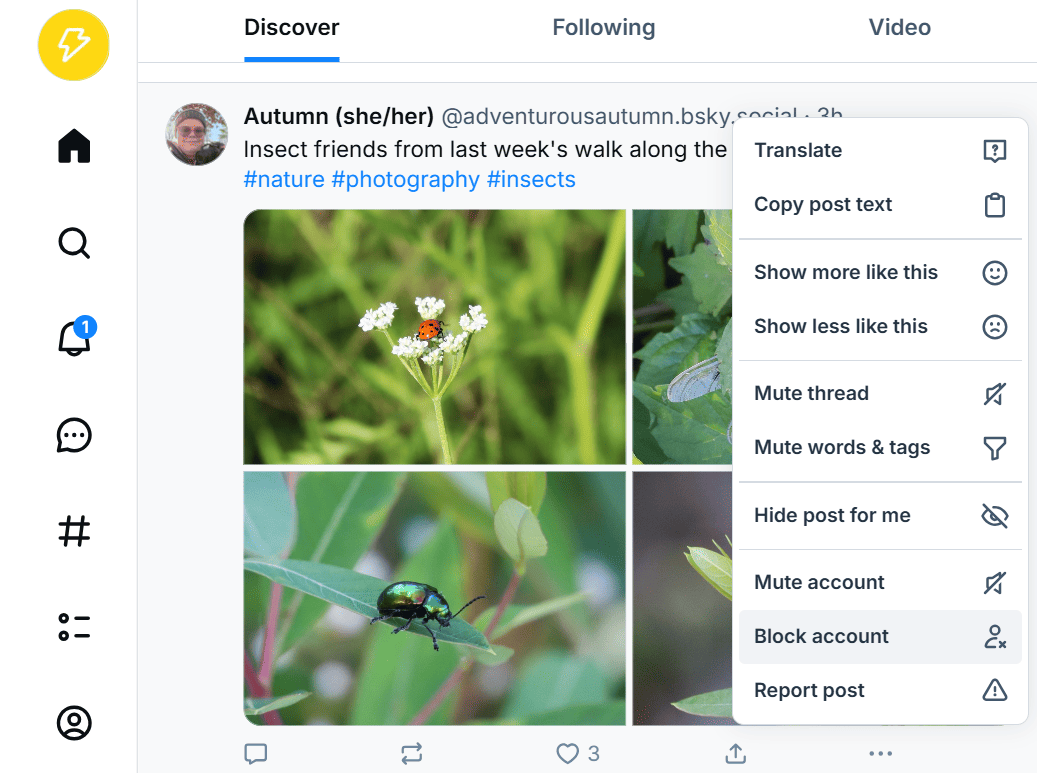
Mute posts with specific tags and words.
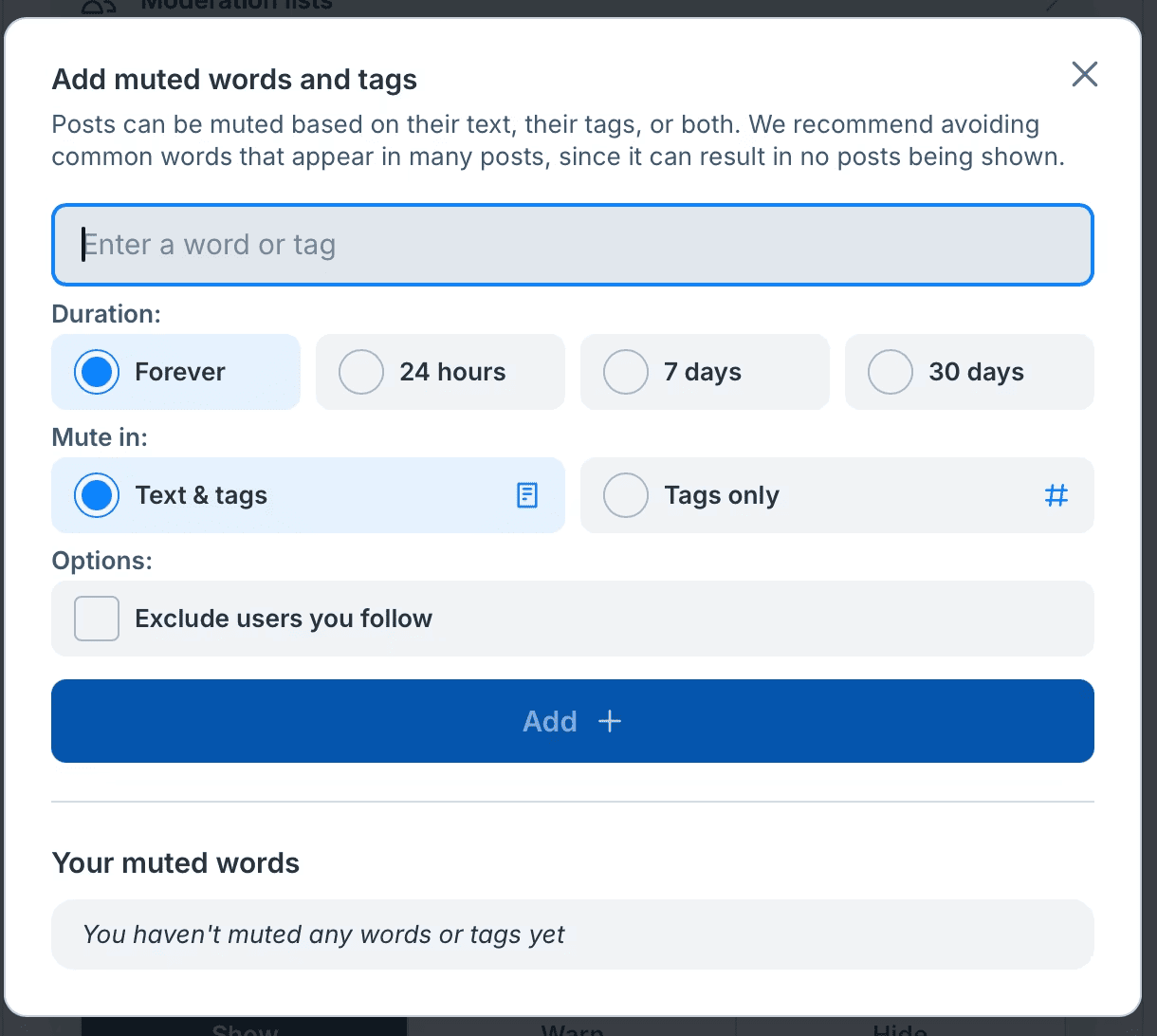
Whereas on Twitter, users can only mute or block accounts.
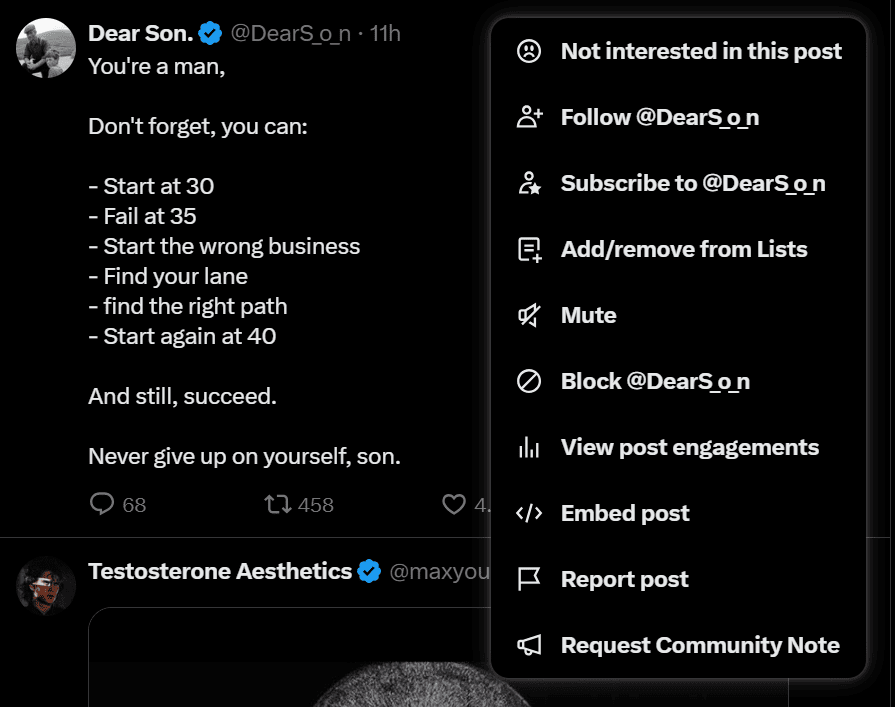
Users can also create a preferred accounts list for focused content consumption, and with every post, they get the option to add or remove such content.
Combined, all these features mean that Bluesky gives you a lot of control over what you're going to see in the app.
4. UX and Design
This is where both platforms are not so different.
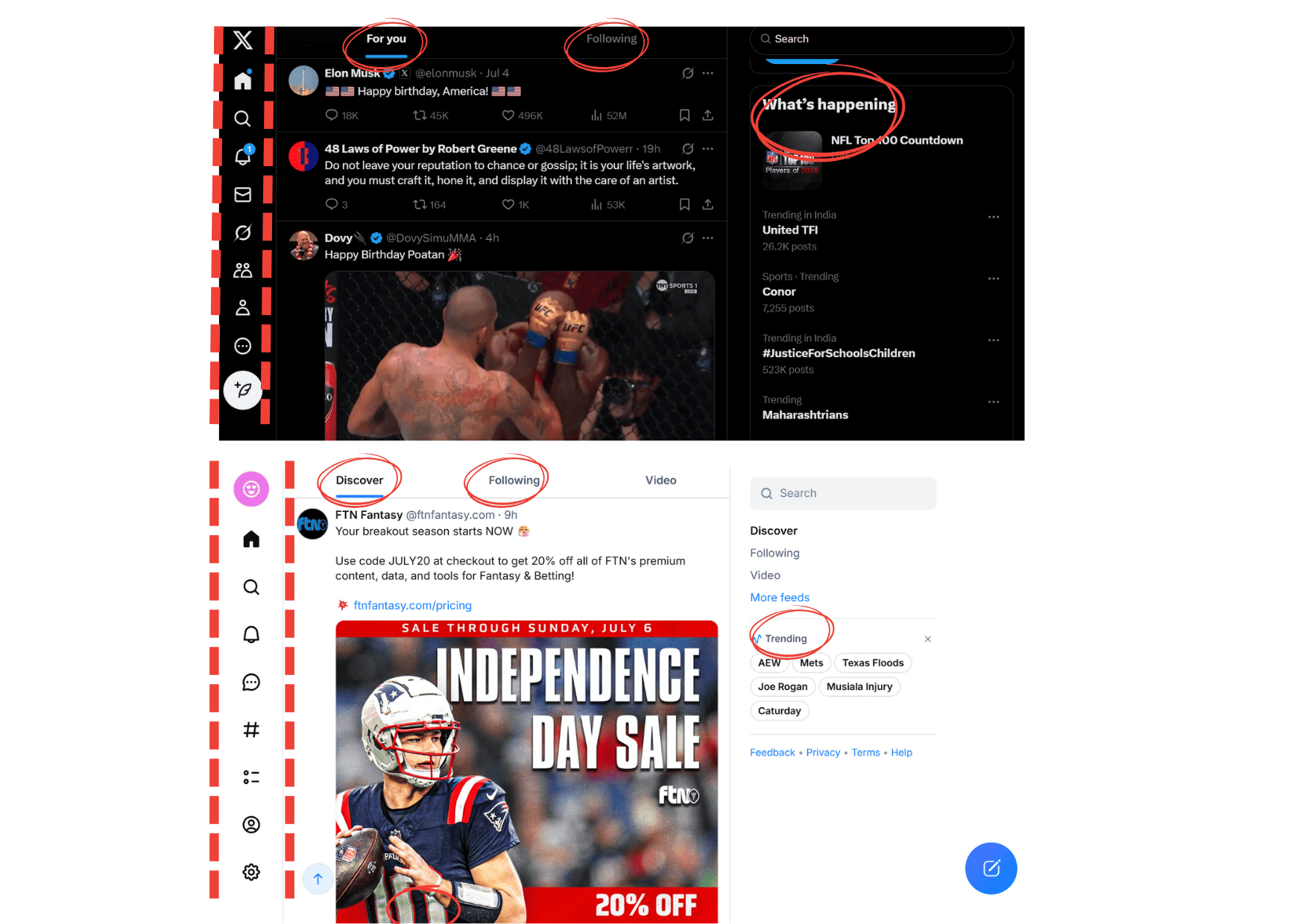
Both Bluesky and Twitter (now X) offer a familiar scrolling timeline, options to like, repost, and reply, and user profiles that feel instantly recognizable.

But dig a little deeper, and subtle differences begin to show.
Bluesky leans toward simplicity. Its clean, ad-free interface feels lighter and more community-centric.
Twitter, on the other hand, is busier. Its UX is driven by engagement—suggested tweets, trending topics, and promoted content often crowd the feed.
In terms of feed layout, Twitter blends algorithmic and chronological content in one main feed, while Bluesky allows users to switch between multiple custom feeds based on interests or communities.
5. Content and engagement
Both platforms offer the same microblogging content format—short text posts with images and videos. For longer content postings, users on both platforms can create threads of posts.
Bluesky lacks some of X’s features, such as scheduling posts, creating polls, or creating drafts, but it does offer a slightly higher character limit per post: 300, compared to X’s 280 characters.
Although content formats and capabilities are identical, engagement activity is more on Twitter for an undeniable reason—X has roughly 17x more users than Bluesky.
For example, the NBA official account has fewer followers on Bluesky than Twitter:
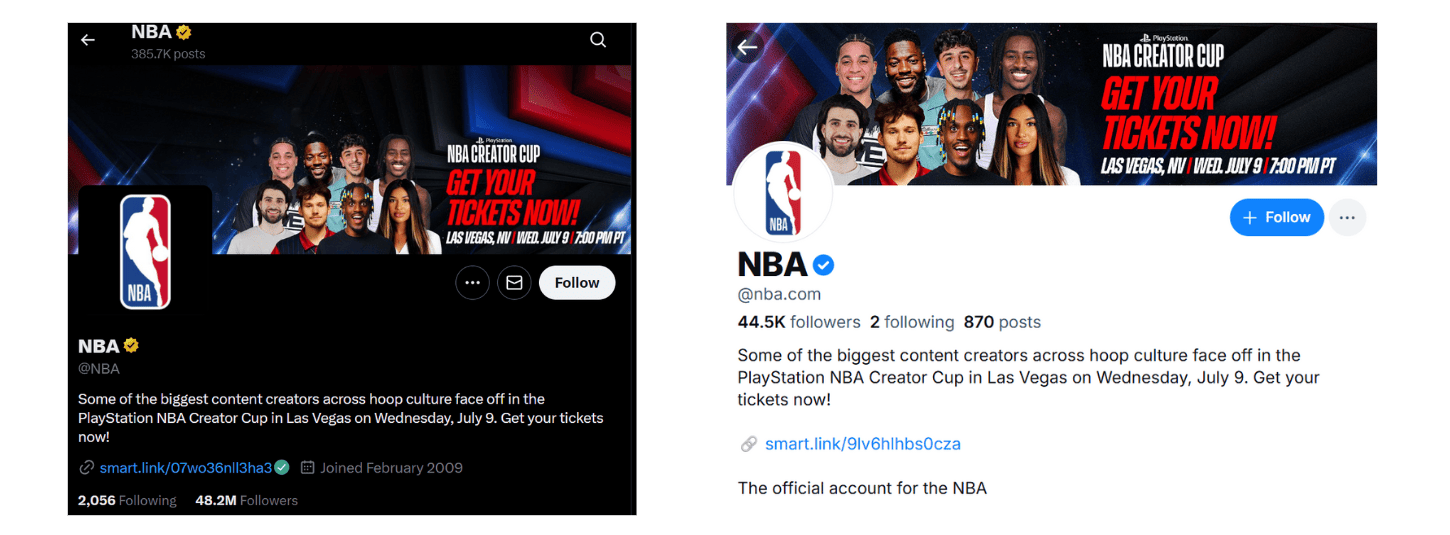
And the engagement for the same post is also different, as Twitter attracts more engagement. Here is an example:
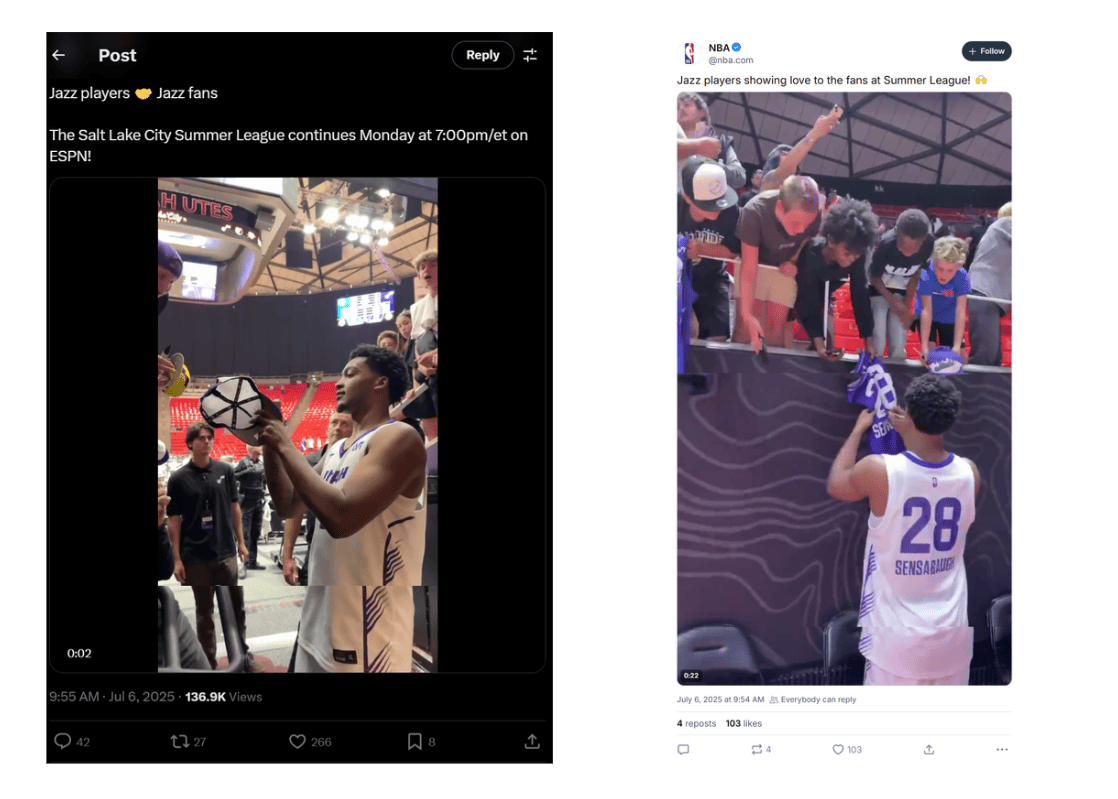
6. Monetisation
There are no advertisements on Bluesky, hence there is no clear monetization model, but a subscription-based service is currently in talks.
Jay Graber, in the same WIRED interview, mentions:
Subscriptions are coming soon. We had to delay during a growth spurt, but we’re reworking the plan. We're also thinking about marketplaces that connect apps within the ecosystem.”
In another interview with CNBC, Rose Wang, COO of Bluesky, added, “There’s no immediate plans for Bluesky to build an online ad business, but the company is open to the idea as long as it’s not an intrusive experience.”
This ensures that even in the future, there will be no disruptive experience on the platform.
When asked about monetization for creators, Jay Graber answers:
“We're not giving creators money directly, but we’re giving them traffic. That can convert into revenue through Patreon or YouTube links. One key thing: we don’t downrank links, so creators often see higher click-through rates on Bluesky even with smaller audiences. News organizations have also told us they’re getting better subscription and engagement metrics.”
Under Elon Musk, Twitter (now X) changed how it makes money.
Instead of relying mostly on ads, it now focuses more on paid subscriptions like X Premium (formerly Twitter Blue) and creator revenue sharing. It also started charging for access to its API, which was once free.
7. Community appeal
Bluesky offers a more focused community experience, thanks to its unmatched user control and advanced content moderation tools.
Bluesky gives users access to over 200,000 community recommendations. These come in the form of starter packs (pre-made bundles based on different niches).
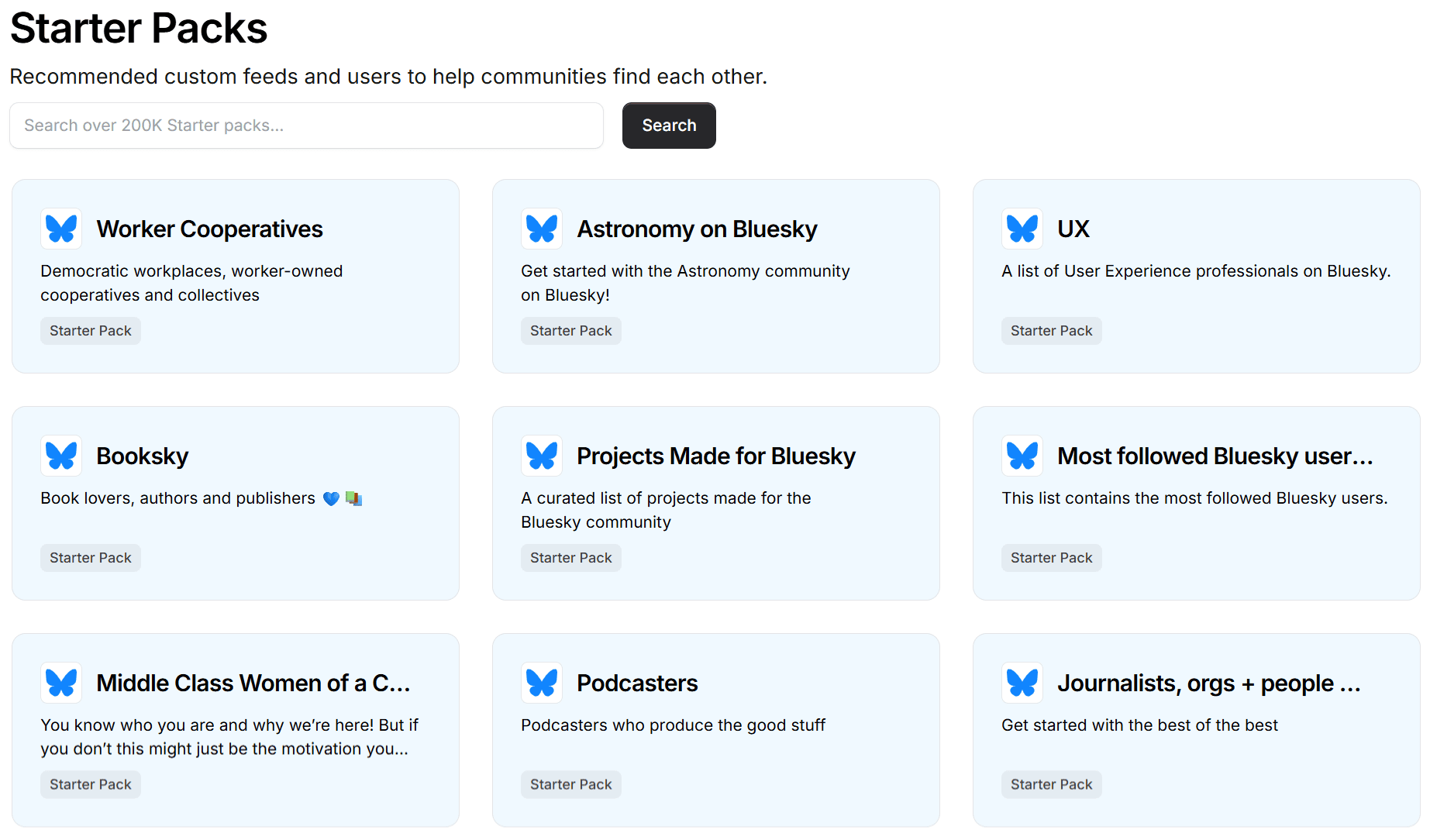
You can add these communities to your profile for a more personalized feed or go a step further by creating custom feeds that match your exact interests.
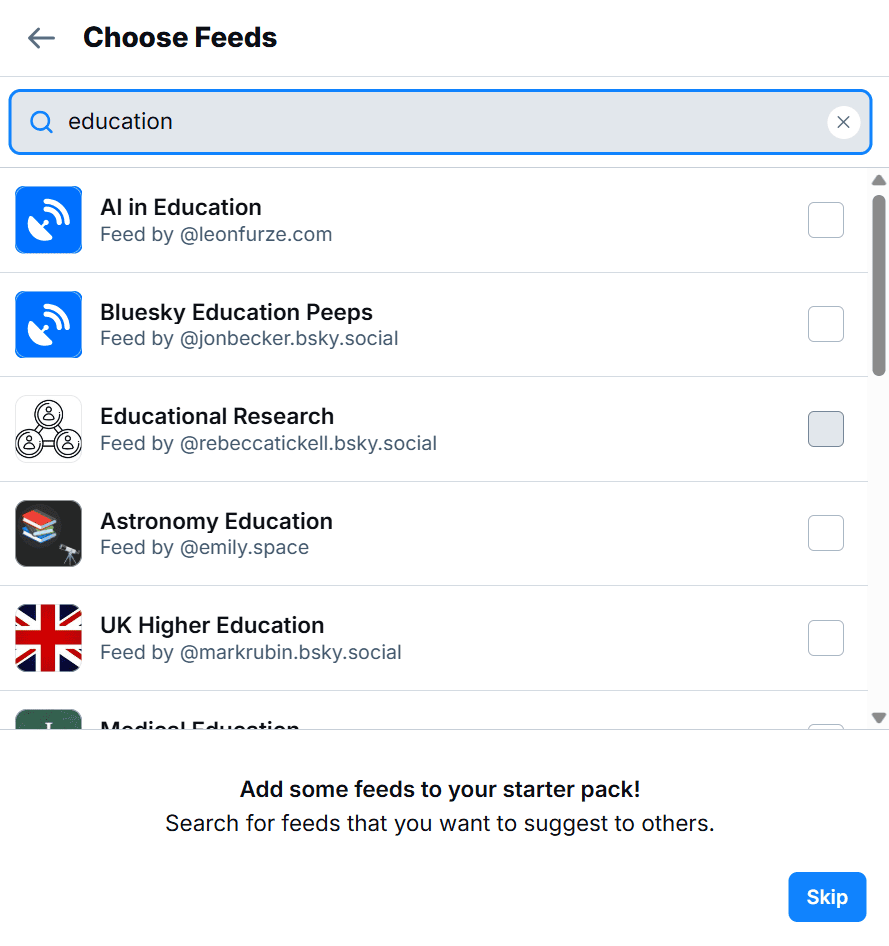
It’s a refreshing change from Twitter’s algorithm-driven chaos, giving users the freedom to shape their own social space rather than be shaped by it.
Twitter’s community appeal lies in its massive, global user base.
While it doesn’t offer the same granular feed control as Bluesky, its trending topics, hashtags, and broad reach make it ideal for tapping into breaking news, viral moments, and cross-cultural dialogue at scale.
8. Analytics
When it comes to analytics, Twitter leads with a native analytics dashboard for users, creators, and advertisers. You need an X Premium account to access these insights.
It tracks key metrics like impressions, engagement rates, link clicks, profile visits, and follower growth.
Bluesky, on the other hand, doesn’t have native analytics within the app (yet). However, third-party tools like BlueskyMeter.com fill the gap.
It offers a detailed view of any user’s stats, including posting streaks, engagement charts, heatmaps, and top-performing posts. Users can also view metrics like likes, reposts, quotes, and content breakdown over time.
9. Account Verification
Bluesky and Twitter take very different approaches to account verification.
Bluesky takes a strict approach to verification fraud, maintaining zero tolerance for misuse of the process.
In 2023, Bluesky launched the first layer of verification by adding the domain as a username. Today, users can also apply for a verification badge by submitting a form. Bluesky reviews each request based on authenticity and public interest.
In contrast, Twitter (X) shifted to a pay-to-verify model. To get a blue checkmark, users must subscribe to X Premium, meet eligibility criteria (like having a profile photo and phone number), and maintain consistent activity.
Bluesky vs Twitter—A quick comparison table
Unifying Bluesky & X within your social media strategy
1. Keep tracking & tweaking as you go
Analytics are the backbone of a strong social media strategy. Use native insights on X and Bluesky Meter insights to gain an understanding of what is working.
The goal is to understand gaps and optimize content formats, posting schedules, and hashtags based on this feedback.
That said, it’s important to keep platform context in mind. Since Bluesky has a significantly smaller user base than X, engagement volume will naturally be lower.
So, avoid direct comparisons. Instead, focus on engagement rates and audience sentiment within each platform’s ecosystem to refine your brand messaging effectively.
2. Connect your platforms and boost each other
Although Bluesky and X are independent platforms, marketers can still create bridges. This can be done in two ways:
- You can either cross-post the same content on both platforms to save time, or;
- You can repurpose content, adjusting it slightly for each platform’s audience
For example, a detailed thread on X could be turned into a concise post with a custom feed tag on Bluesky. Or a casual, meme-style post that performs well on Bluesky could be adapted into a branded, polished version for X.
You can also use pinned posts, bios, and quote reposts to guide users from one platform to the other, growing your brand presence across both spaces.
3. Repurpose your content as per the platform’s nature
Bluesky is more of a community platform where conversations are more thoughtful. So, for repurposing your X content, you must make it more informative or even experimental.
Same goes for posting on X. Posts that start as casual discussions or in-depth niche takes on Bluesky can be repurposed into engaging content for X—think short-form threads, punchy graphics, or hot takes that align with trending topics.
When you approach repurposing with intention, you’ll uncover new angles, formats, and tones that better resonate with each audience.
4. Test creative ideas on Bluesky, grow big on X
Since Bluesky has a smaller, more niche audience, it’s the perfect space to speak unpolished thoughts without the pressure.
It gives direct insights into your TG mindsets. You can join communities based on your market and understand what your audience is actually leaning toward.
On the other hand, X attracts more eyes to your brand and content, so bold experimentation may not always be ideal on the platform.
Instead, you can float a raw idea or a casual post on Bluesky, gather feedback or reactions, and then refine it for a more polished, high-stakes version on X.
Think of it like a test group for your brand’s voice, memes, or narratives.
5. Reach wide audiences while engaging niche communities
Each platform brings something different to the table, and understanding that difference is key to optimizing your strategy.
X is built to scale. With hundreds of millions of monthly users, it’s ideal for sharing big announcements, jumping into global conversations, or riding the wave of viral trends. If your goal is to reach a broad audience fast, X is the place to do it.
Bluesky, on the other hand, thrives on niche engagement. Thanks to custom feeds and curated community bundles, you can tap into high-intent groups centered around specific interests. That makes it a great place to spark thoughtful conversations, share expert insights, or build deeper relationships.
Rather than picking one over the other, use them in tandem. Let X do the heavy lifting in terms of visibility, and use Bluesky to foster push micro-engagement.
How can you integrate Bluesky posts using Flockler
Use Flockler to display your Bluesky posts on your website, SharePoint, or an event display for visual engagement with no coding knowledge required.
You can add:
- UGC content from Bluesky alongside Instagram, TikTok, and other social channels to showcase your brand personality
- Hashtag campaigns to establish visibility and community
- Brand-relevant content from your own and others’ accounts with specific keywords
With Flockler’s Rights Management, marketers can automatically request UGC rights at scale and track approvals without manual work.
Here is how to embed Bluesky posts using Flockler:
Step 1 - Go to “Create Automated Feed”
Sign in to your Flockler account and select “Automated Feeds” under the 'Feeds tab’.
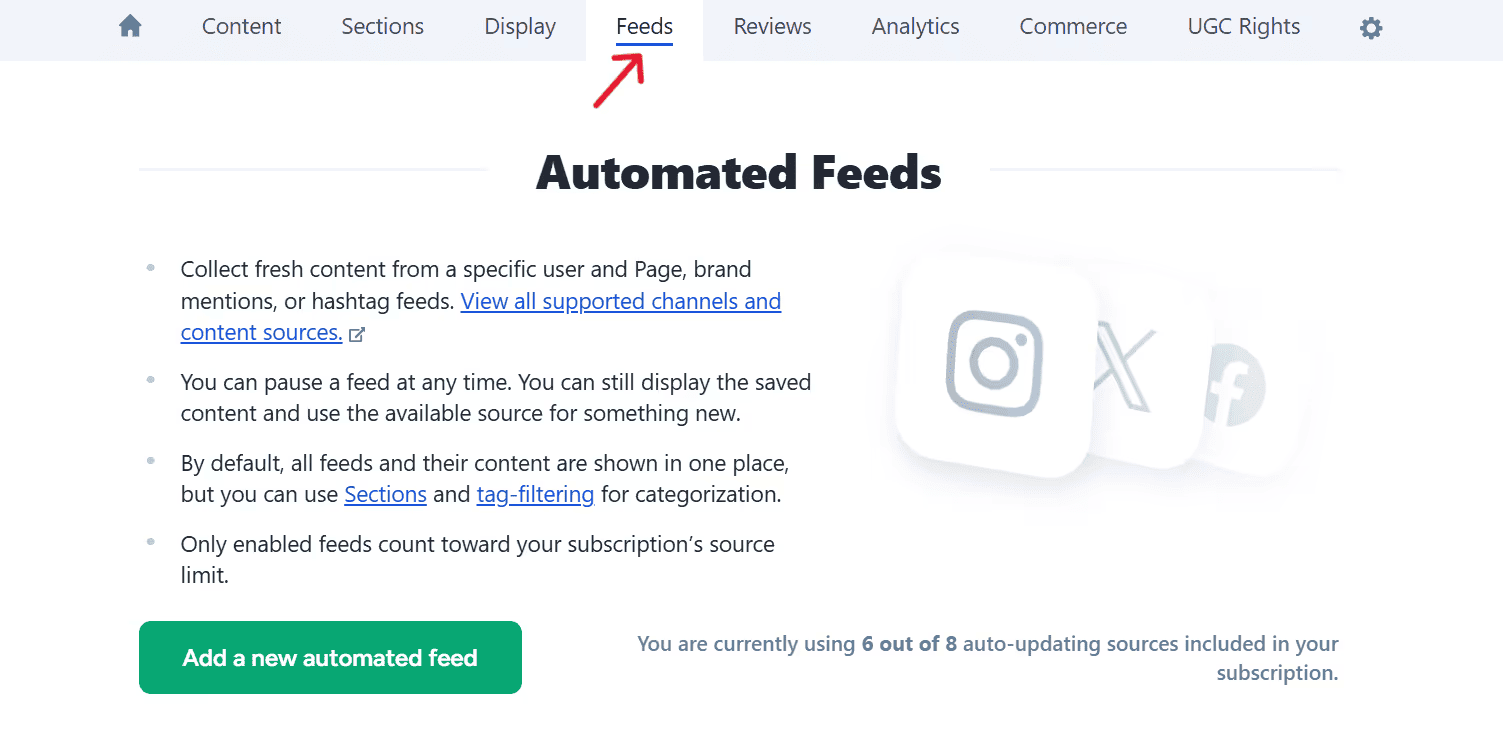
Next, select a social platform (in this case, Bluesky) and the type of content you want to display on your social walls.
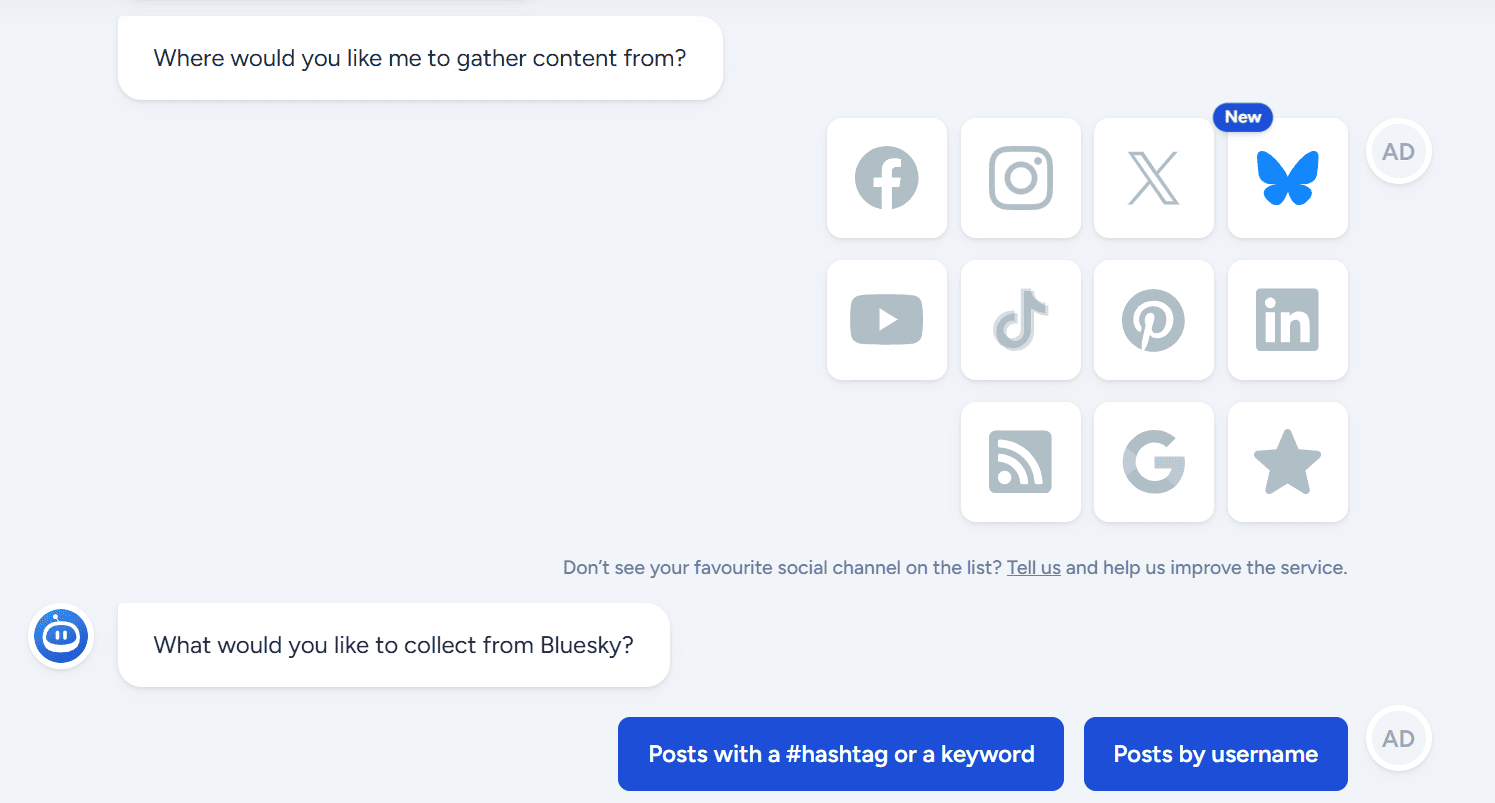
Step 2 - Set your filters and moderation preferences
Collect your posts using a hashtag or keyword (related to your brand and account) and enter your preferences (posts with images or videos).
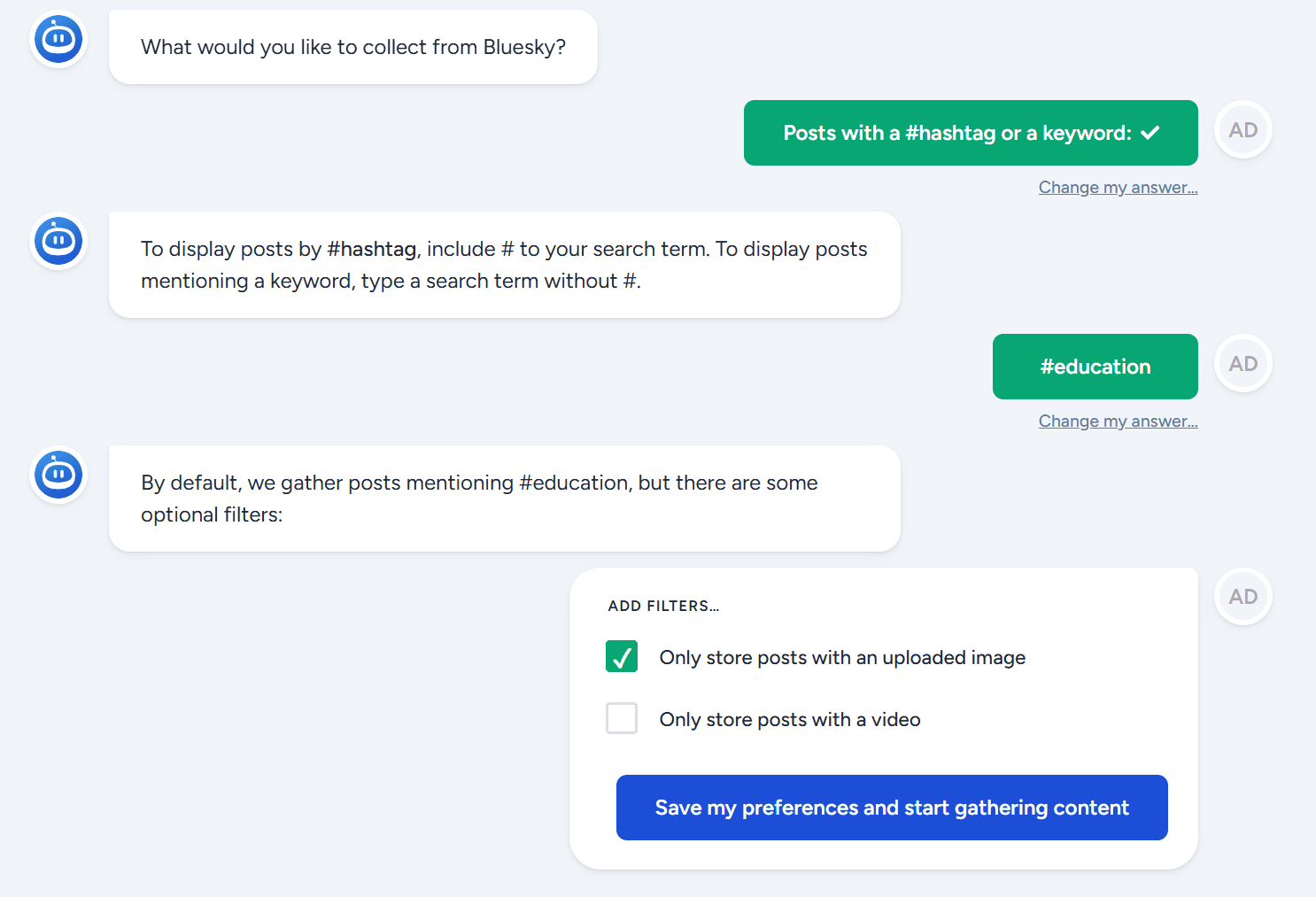
For content moderation, you can:
- Use Garde AI, Flockler’s built-in AI content moderation tool, to automatically moderate and filter content so that relevant and brand-safe content is displayed on your social wall.
- Display content automatically (with no AI moderation) on your social media wall, which updates every 5-15 minutes. You can always hide unwanted content or block specific users.
Display content automatically on your social media wall, with updates every 5–15 minutes and no AI moderation
- Use manual moderation where you review each post before going live
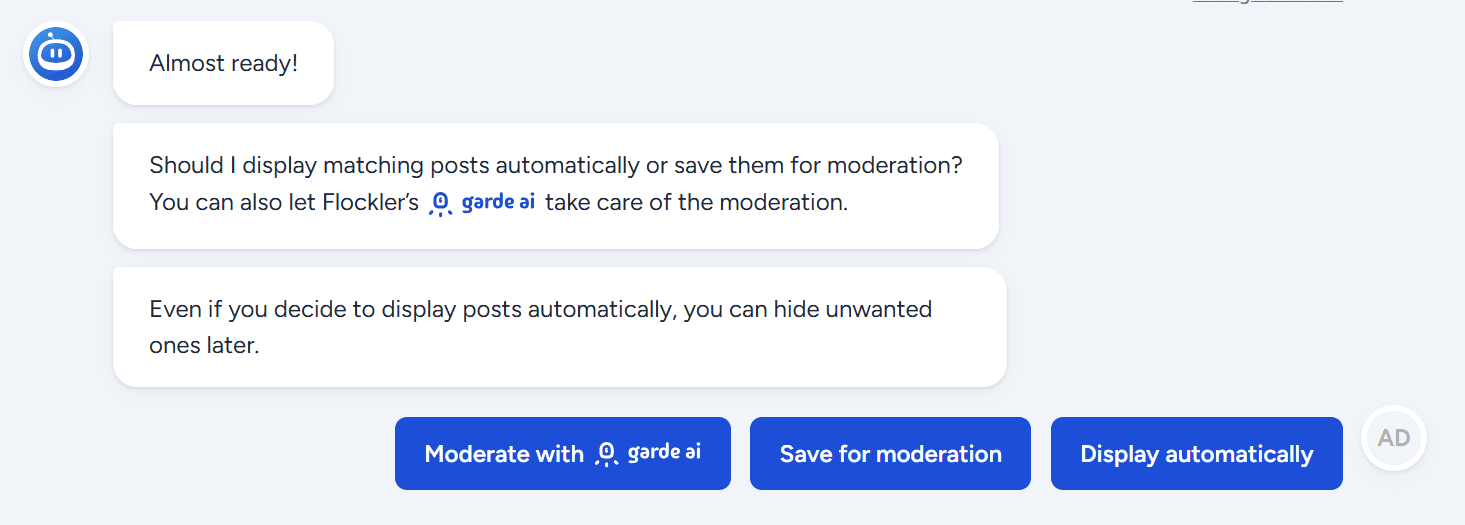
Step 3 - Choose a layout style for your feed
Next, choose one out of four different layouts for your social wall: Social Wall, Grid, Carousel, and Slideshow.
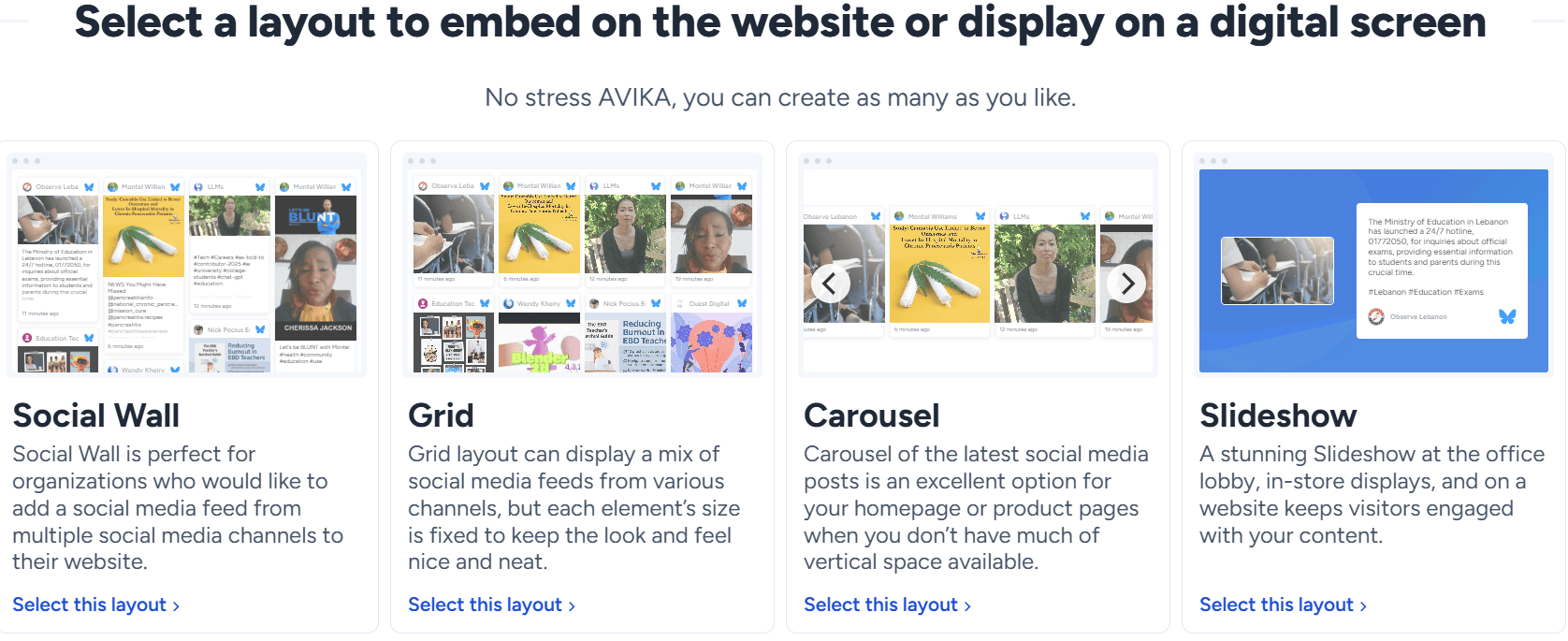
With Flockler, you can create multiple layouts and display different content on separate pages of websites and digital services.
After selecting a layout, you can check the preview or edit the look & feel of your layout.
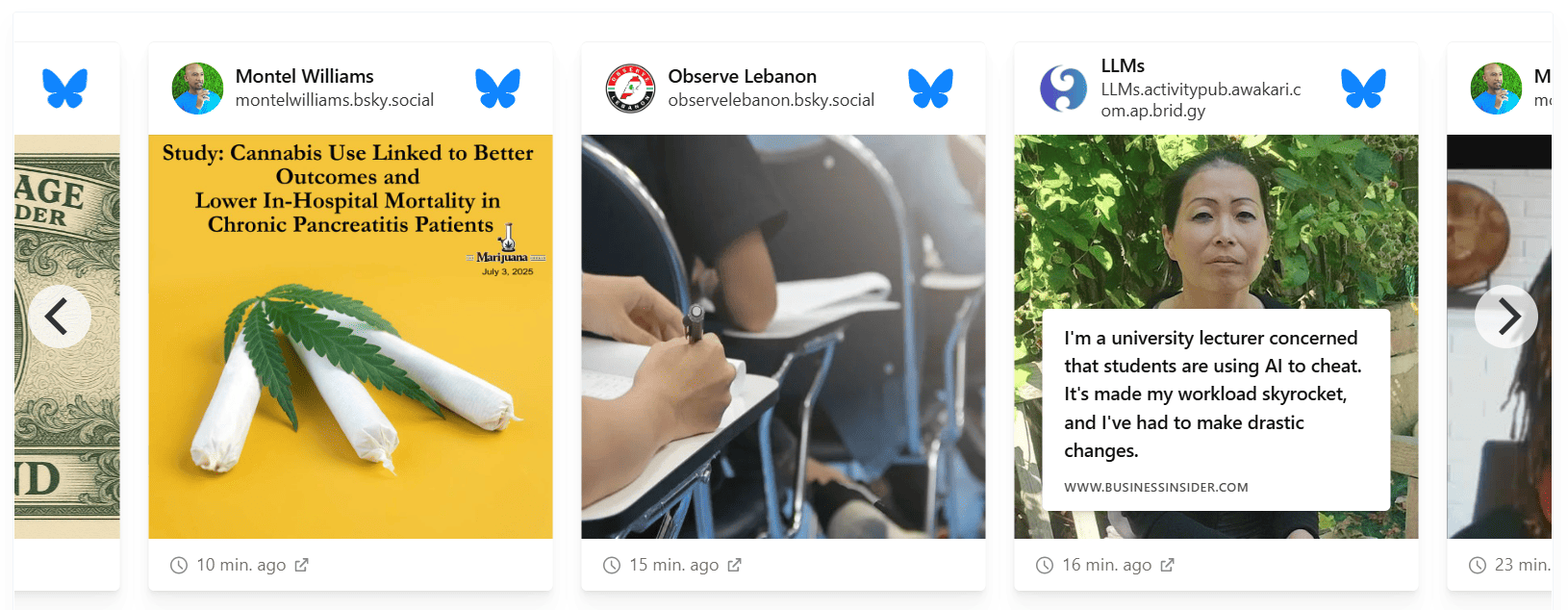
Step 4 - Publish your Bluesky Feed
Now, copy and embed the code on your websites, on event screens, and on jumbotrons.
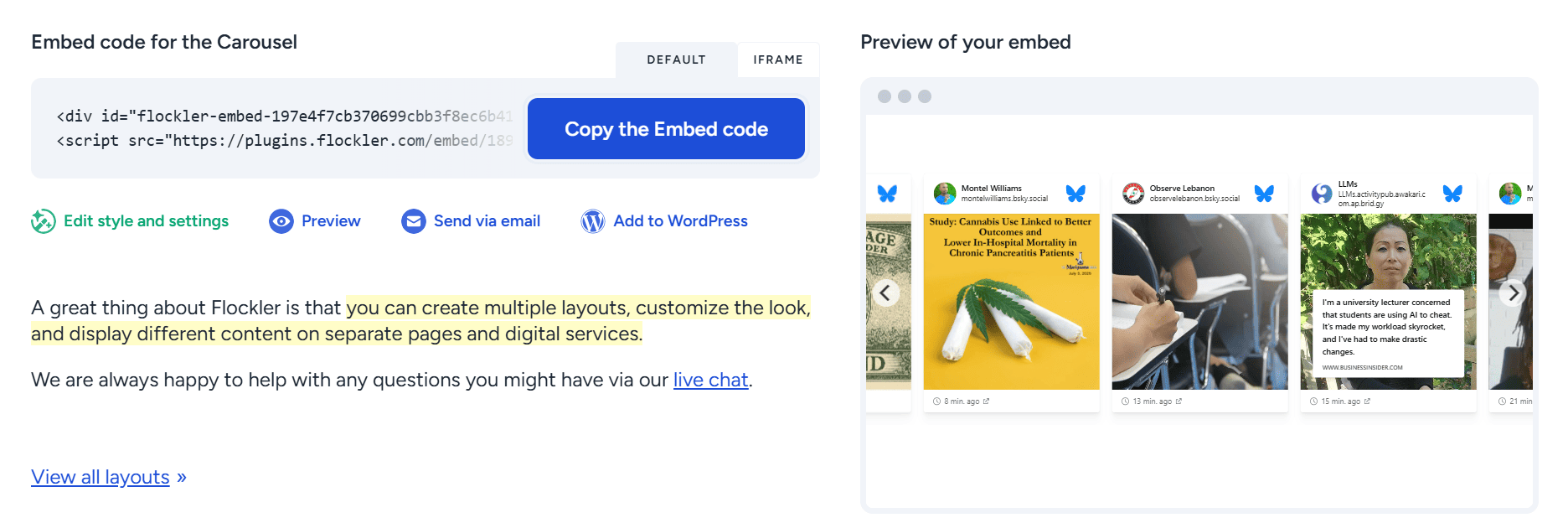
Want to see Flockler in action for your brand? Sign up for a free trial and explore how a custom social wall can work for you.
FAQs
Is Bluesky free?
Yes, Bluesky is currently free to use. Earlier, access was limited to invitation-only, but since going public in early 2024, anyone can create an account and use the platform without any cost. However, the company is considering introducing subscription-based services in the future.
Which is better—Bluesky or Twitter?
Twitter (X) is better for global visibility and reach, while Bluesky excels at niche engagement, user control, and ad-free experiences. Choose X for scale and analytics; pick Bluesky if you value customization, thoughtful communities, and a clutter-free feed. The right choice depends on your brand goals.
Does Bluesky run ads?
No, Bluesky does not currently run any ads. The platform currently offers an ad-free experience for meaningful interactions. While the company is open to future monetization ideas, they’ve made it clear that any potential ad model would avoid being intrusive.
Do businesses need to switch to Bluesky?
Not necessarily, but it’s worth exploring. Bluesky isn’t meant to replace X, it’s designed to coexist with it. While X helps businesses reach a wider audience quickly, Bluesky allows for deeper engagement within specific communities. If your business thrives on thought leadership, niche conversations, or brand authenticity, Bluesky can complement your existing strategy on X.
